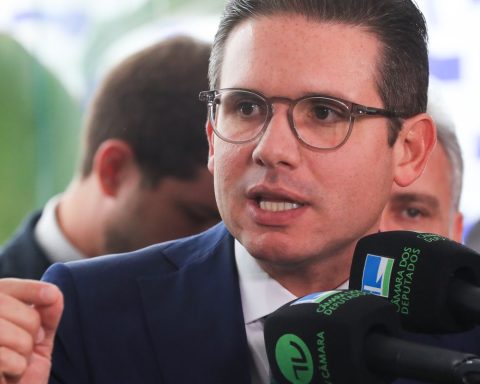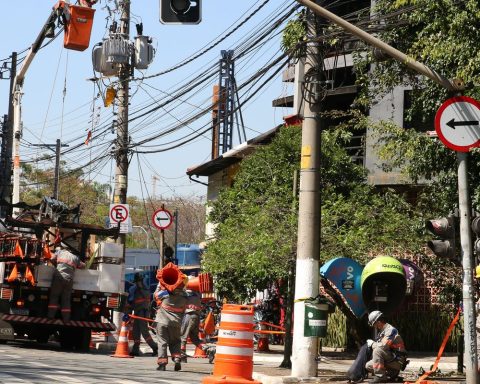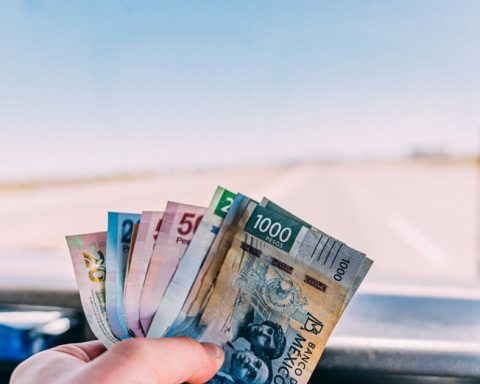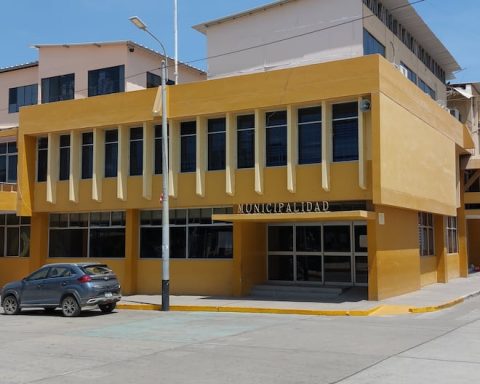The migration of foreign capital to Latin America and high interest rates made the dollar fall for the eighth time in a row and reach the lowest value since the beginning of the covid-19 pandemic. The stock exchange alternated highs and lows throughout the day, but closed with slight gains, close to stability.
The commercial dollar ended this Friday (25) sold at R$ 4.747, with a decrease of R$ 0.085 (-1.47%). The price operated in decline throughout the session and closed near the low of the day.
The US currency is at its lowest value since March 11, 2020, when it closed at R$4.72. On that day, the World Health Organization (WHO) had declared the global pandemic of covid-19.
Just this week, the dollar fell 5.35%. The currency accumulates a fall of 7.92% in March and 14.86% in 2022.
In the stock market, the day was more tense. The Ibovespa index, on the B3, closed at 119,081 points, with a slight increase of 0.02%. The indicator started the day on a high, rising by 0.56% in the first few minutes of trading, but lost strength and alternated ups and downs with the decline in shares of commodity exporting companies (primary goods with international quotations). The Ibovespa remains at the highest level since September 1 of last year.
Two factors have contributed to the inflow of capital into Brazil and Latin America. The first is the war between Russia and Ukraine, which caused capital to move from Eastern Europe to Latin American countries. the rise of commodities caused by the conflict stimulates the inflow of foreign exchange into countries that export raw materials, such as Brazil. The price of a barrel of Brent oil, used in international negotiations, rose to US$ 120.65, up 1.4%.
The second is the rise in interest rates on the continent. In Brazil, the Selic rate (basic interest rates in the economy) is at 11.75% per year, the highest level since April 2017. Higher interest rates make emerging countries more attractive to foreign investors.
*With information from Reuters















